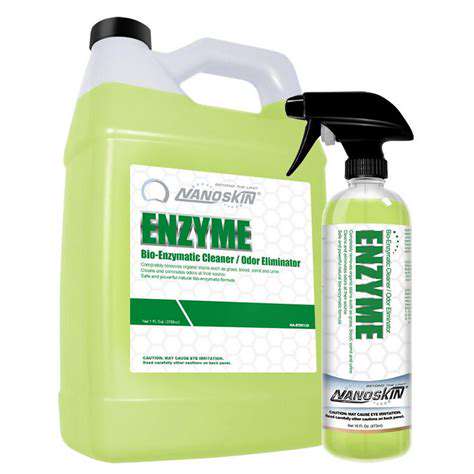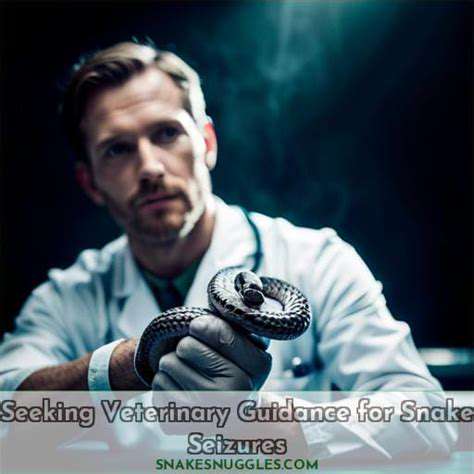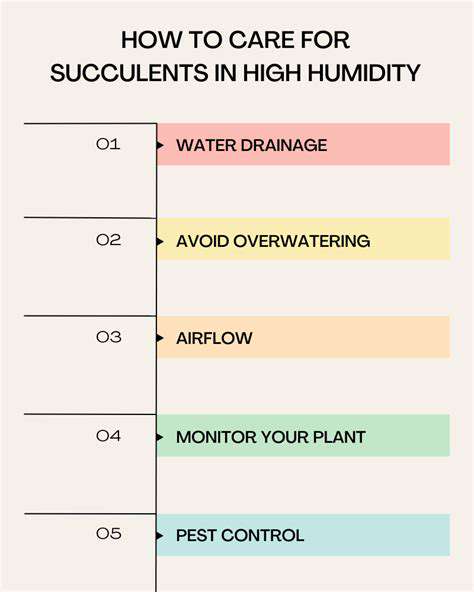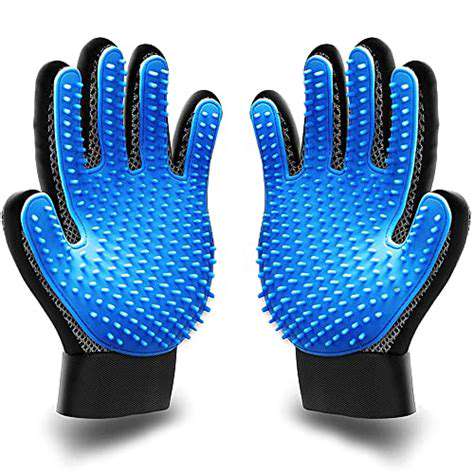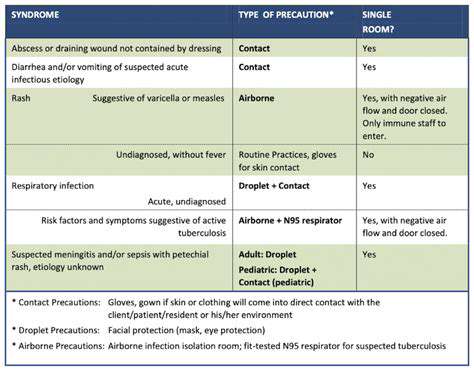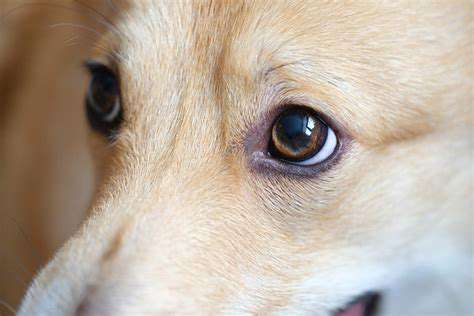Dealing with Matted Fur in Long Haired Cats

Effective Techniques for Removing Mats
Understanding the Causes of Matting
Long-haired cats, especially those with thick, dense coats, are prone to matting. This often occurs due to a combination of factors, including infrequent or inadequate grooming. A cat's natural grooming instincts might not be sufficient to keep their fur tangle-free, particularly in areas like the belly, legs, and tail, where self-grooming can be challenging. Diet and underlying health conditions can also play a role. A poor diet lacking essential nutrients can affect the health and condition of a cat's coat, making it more susceptible to matting. Similarly, certain medical conditions, such as skin allergies or parasites, can disrupt the natural shedding cycle and contribute to the formation of mats.
Additionally, environmental factors like humidity and temperature fluctuations can influence a cat's coat. High humidity can lead to moisture retention in the fur, increasing the likelihood of tangles and mats forming. Conversely, extremely dry conditions can also contribute to brittle fur, making it more prone to breakage and matting. It's crucial to understand these factors to develop a comprehensive approach to preventing and addressing matting in your long-haired feline friend.
Identifying Matted Areas
Regularly examining your cat's coat is essential for early detection of mats. Start by carefully running your fingers through their fur, paying close attention to areas where mats are more likely to develop, such as the belly, chest, legs, and tail. Look for areas that feel rough or have a noticeable clumping or knotting. A matted area might also appear as a raised or uneven patch in the coat.
Use a bright light source to help you spot any hidden mats that might be difficult to feel. Be gentle and patient during the examination process, as sudden or forceful movements can stress your cat. Early detection allows for less-invasive and less-traumatic removal methods.
Preparing for Mat Removal
Before attempting to remove mats, gather the necessary tools and supplies. A good quality slicker brush, designed for long-haired cats, can help to loosen tangles and prevent further matting. A pair of sharp, thin-bladed scissors or a specialized de-shedding tool can also be helpful for separating tangled areas. A wide-toothed comb or a detangling spray can further aid in the process. Ensure that you have a comfortable and secure space for your cat during the procedure. Having a calm and controlled environment will greatly minimize stress for your pet.
Also, have a towel or blanket ready to absorb any excess moisture or fur that might be released during the process. Most importantly, ensure your cat is calm and comfortable during the entire procedure. A stressed cat is more likely to resist or react negatively, increasing the risk of injury or discomfort.
Using the Right Tools for De-matting
Using a slicker brush to gently remove surface tangles is a crucial first step. Start at the ends of the mats and work your way towards the skin, taking care not to pull or tug. If you encounter a particularly stubborn mat, use a de-matting tool or scissors to gently separate the strands. Avoid using excessive force, as this can damage your cat's skin or cause pain.
Detangling sprays can help soften the mats and make them easier to remove. Apply the spray to the affected area and gently brush through the fur with a slicker brush. Be mindful of the type of detangling spray you use and ensure it is safe for your cat's skin. Follow the instructions carefully and avoid over-application.
Safety Precautions During Mat Removal
Always prioritize your cat's safety and comfort. Never use excessive force or harsh tools, as this can cause pain and injury to your cat. If you encounter a particularly large or stubborn mat, it's always best to consult a veterinarian or professional groomer. They have the experience and knowledge to safely and effectively remove mats without causing discomfort or harm.
Be mindful of your cat's body language. If your cat shows signs of discomfort or stress, stop immediately and reassess the situation. Provide gentle reassurance and positive reinforcement to encourage cooperation. Avoid rushing the process and take your time to remove the mats safely and effectively.
Seeking Professional Help
If you're unsure about how to remove mats or if you encounter particularly difficult tangles, seeking professional help is always advisable. A veterinarian or professional groomer has the expertise and tools to safely and effectively remove mats that may be inaccessible or too complex for you to handle.
They can also assess your cat's overall health and provide guidance on how to prevent future matting. Don't hesitate to reach out for professional help when needed, to ensure your cat's well-being.

Read more about Dealing with Matted Fur in Long Haired Cats
Hot Recommendations
- Best Pet Bowls: Stainless Steel and Ceramic
- Pet Hydration: Why It's Crucial
- Stop Counter Surfing: Training Your Dog to Stay Off
- Pet Hypothyroidism: Symptoms and Management
- Signs of Pet Liver Disease: What to Watch For
- Pet Emergency Kits: What to Pack
- Dangers of Xylitol: Toxic to Dogs
- Dealing with Pet Diarrhea: When to See a Vet
- Preparing Pets for Travel: Tips for a Smooth Trip
- Pet Depression: Recognizing the Signs

